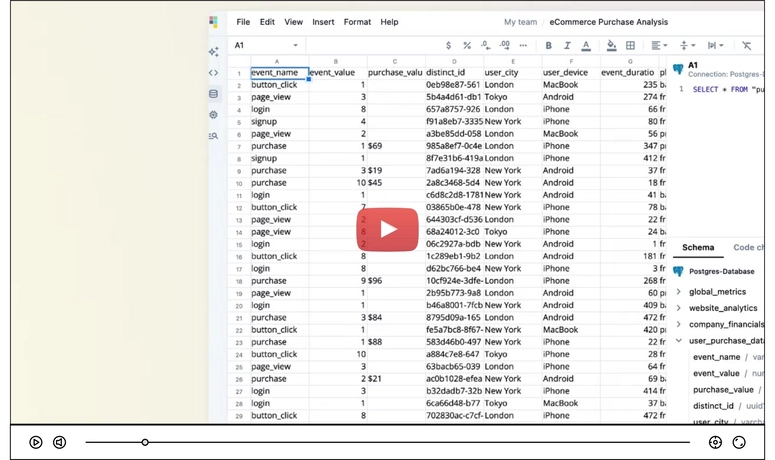The architecture follows a microservices approach, which facilitates easy deployment and maintenance. Below is the detailed breakdown of the architecture. ( This is just my approach )
Microservices and Responsibilities
- User Service : To Manage user accounts, authentication, authorization and Profile data for both user users and riders.
- Ride Service : Handles ride requests, ride status, and matching ride with drivers.
- Driver Service : Manages driver accounts, availability, driver payment status and driver status.
- Payment Service : Integrates with payment gateways to process payments.
- Notification Service : Sends notifications (e.g., ride updates, payment confirmations) to users and drivers this can be done through with message queues.
- Geo-Location Service : Manages location tracking for users and drivers, and provides real-time location updates.
Communication Between Microservices
- API Gateway : Acts as a single entry point for all client requests. It routes requests to the appropriate microservices.
- REST/HTTP : Used for synchronous communication between microservices where immediate responses are needed (e.g., User Service to Authentication).
- Message Queue (e.g., RabbitMQ, Kafka): Used for asynchronous communication, especially for non-blocking operations like notifications and logging.
- gRPC : For high-performance, low-latency communication between internal microservices.
Scalability and Fault Tolerance
- Load Balancers : Distribute incoming requests across multiple instances of each microservice to handle high traffic.
- Auto-Scaling : Use Kubernetes to automatically scale microservices up or down based on traffic load.
- Health Checks : Implement health checks to monitor the status of each microservice and automatically restart failed instances.
- Circuit Breaker Pattern : Prevents cascading failures by stopping calls to a failing service and falling back to a default behavior.
Security
- Authentication and Authorization : Use OAuth2/OpenID Connect for secure user authentication and role-based access control.
- Data Encryption : Encrypt sensitive data at rest using AES-256 and in transit using TLS.
- API Gateway Security : Implement rate limiting, IP whitelisting, and DDoS protection at the API Gateway level.
- Secrets Management : Use tools like HashiCorp Vault or AWS Secrets Manager to securely store and access secrets and credentials.
Deployment and Maintenance
- Containerization : Package each microservice into a Docker container for consistency across different environments.
- Orchestration : Use Kubernetes to manage container deployment, scaling, and maintenance.
- CI/CD Pipeline : Implement a continuous integration and continuous deployment (CI/CD) pipeline using tools like Jenkins, GitHub Actions, or GitLab CI to automate testing and deployment.
- Monitoring and Logging : Use Prometheus for monitoring and Grafana for visualization. Use ELK Stack (Elasticsearch, Logstash, Kibana) or Fluentd for centralized logging.
Detailed Justifications
- Microservices : Each service has a specific responsibility, allowing independent development, deployment, and scaling. This aligns with the goal of easy maintenance and scalability.
- Communication : Using a combination of REST/HTTP, gRPC, and message queues ensures efficient and flexible communication tailored to different needs (synchronous vs. asynchronous).
- Scalability and Fault Tolerance : Load balancers, auto-scaling, and health checks ensure the system can handle high traffic and recover from failures, aligning with scalability and fault tolerance requirements.
- Security : By implementing robust authentication, encryption, and API security measures, we ensure user data is protected from unauthorized access.
- Deployment and Maintenance : Containerization and orchestration simplify deployment and scaling, while CI/CD pipelines and monitoring tools facilitate continuous integration, deployment, and system health monitoring.
written using AI tools





Top comments (0)